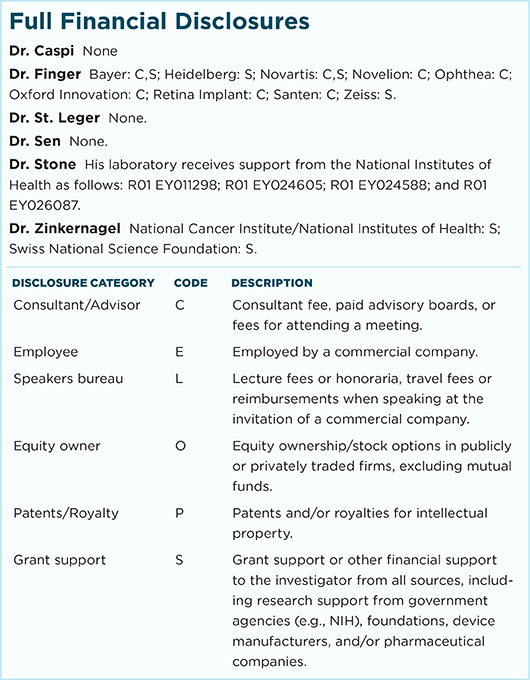Download PDF
In a reminder of the impact of lifestyle factors on disease development, researchers conducted a meta-analysis of studies on physical activity and age-related macular degeneration (AMD). They found that a more active lifestyle was independently associated with lower odds of both the early and late forms of the disease.1
Much of the literature published to date on AMD and exercise has either produced conflicting results or has found “only small effects with unclear overall significance,” said Robert P. Finger, MBBS, PhD, at the University of Bonn in Bonn, Germany. “We have now demonstrated that there is a clear association and [confirmed] that it might be worthwhile to assess physical activity in longitudinal studies of AMD.”
Findings. The authors identified 620 eligible published studies, 9 of which were selected for analysis. Because of the higher prevalence of AMD among whites and the role of genetics on disease development, studies with nonwhite populations were excluded.
Positive effect. To account for study variations in physical assessment, participants were broadly classified as either sedentary or active.
Even a modest amount of exercise—3 hours per week of low-to-moderate activity—conferred benefits, the researchers found. The greatest reduction in the odds of having AMD was seen with the late form of the disease; active participants were 41% less likely than were their sedentary counterparts to have late AMD. With respect to early AMD, the benefit was much more modest: Active participants were 8% less likely to have early AMD compared to their sedentary counterparts.
Limitations and nuances. “The studies we pooled were cross-sectional; we still lack good longitudinal data on this research question,” Dr. Finger said.
Moreover, he said, the studies measured physical activity using questionnaires. “We now have a much more precise way to measure physical activity using accelerometers. Data from the NHANES (National Health and Nutrition Examination Survey) have demonstrated that these can be successfully used in large-scale studies and that the magnitude of the association between amount of physical activity and AMD might be stronger than what we found in our meta-analysis.”
Ongoing research. Dr. Finger’s team will continue to follow this avenue of study, he said. “We are building up a cohort of patients with early and intermediate AMD, in which we will assess activity via accelerometers.” In addition, he said, the Rheinland Study—a prospective cohort study based in Bonn that is examining aging of the brain and the eye—is including assessments of physical activity.
—Jean Shaw
___________________________
1 McGuiness MB et al. Am J Ophthalmol. 2017;180:29-38.
___________________________
Relevant financial disclosures—Dr. Finger: None.
For full disclosures and disclosure key, see below.

More from this month’s News in Review